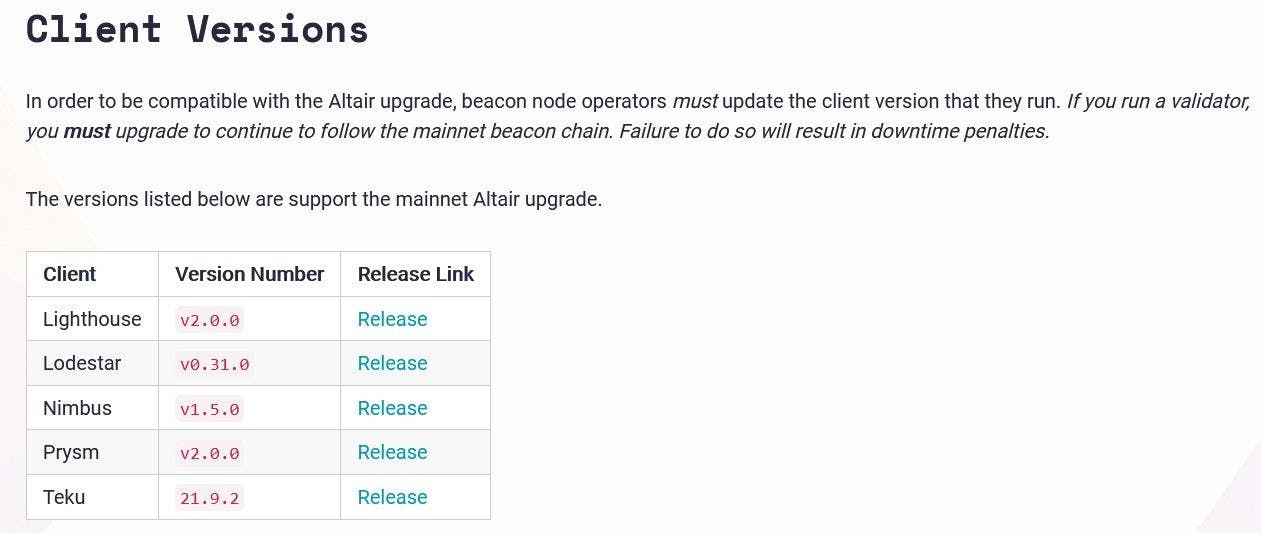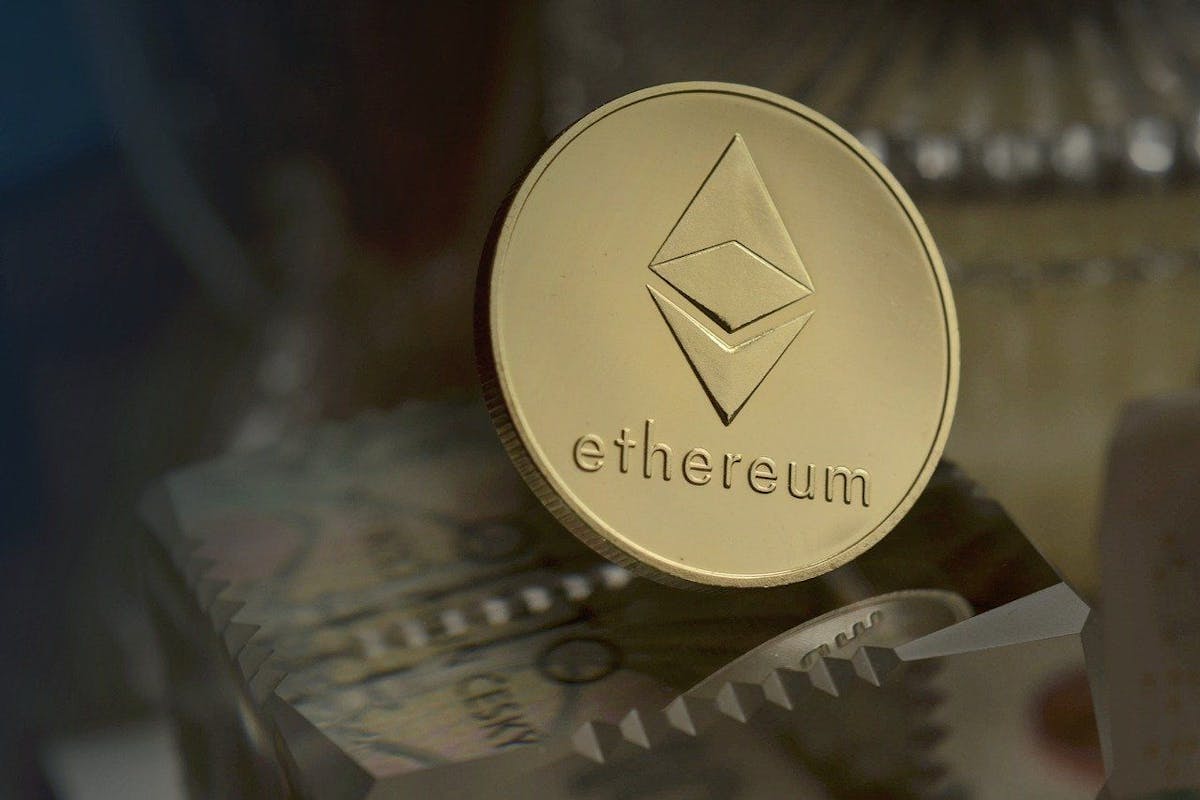The upcoming Ethereum merge is the triple halvening event. The issuance of Ether (ETH) will decrease significantly. There’s also good news on the proposed switch from Proof of Work (POW) to Proof of Stake (POS). In fact, the testnet report achieved significant milestones, ahead of the Altair hard fork expected on Oct 27. Currently, the Eth 1 and the Eth2 blockchains operate independently and can’t communicate with each other.
This will change after the Ethereum merges event, expected by the end of this year or by early 2022 as noted in the “Charting The Path To Proof of Stake Ethereum” blog post on June 03. The Ethereum merge event will also cause the largest smart contracts platform by market capitalization to go green, reducing its power consumption levels by 99%, and is likely to be a major rallying point for environmental protection-conscious investors.
Ethereum Merge Plan And Altair Hardfork
The Ethereum merge will require the current Eth1 execution clients like Geth, OpenEthereum, Hyperledger Besu, and Nethermind to work in conjunction with their Eth2 consensus counterparts or validator clients like Teku, Lighthouse, Nimbus, and Prysm. At this point, the Proof of Work (POW) consensus mechanism will cease to exist and there will only be “one” Proof of Stake (POS) blockchain.
Altair hard fork is a major milestone on the way to the Ethereum merge and it was confirmed in a recent blog post titled Finalized no. 29 the Ethereum consensus-layer by Danny Ryan on Sept 28. Basically, the Altair hard fork would take place on epoch 74240 on Oct 27, 2021, 10:56:23am UTC). It would be the first mainnet upgrade to the Beacon Chain.
Alpha leak: Don't buy any more mining hardware #ethereum #merge
Left: Geth running post-merge
Top Right: Lighthouse beacon node
Bottom Right: Lighthouse validator
Big shoutout to @sigp_io pic.twitter.com/3O5OjyMWp4
According to the blog post related to the Altair hard fork or the prelude to the Ethereum merge: this upgrade brings light-client support to the core consensus, cleans up beacon state incentive accounting, fixes some issues with validator incentives, and steps up the punitive params as per EIP-2982. The initial interoperability between multiple clients is being tested to see if they can operate with each other.
Merge event, day 1: @ethnimbus and @nethermindeth does #themerge transition! pic.twitter.com/eyRlygTMbV
What will the Upgrade Bring?
The Ethereum merge interoperability specifications were released earlier, providing the early blueprints of how the transition would take shape. This allows for early testing and devnets to validate different features of interoperability. The Ethereum developers are reporting that merge specifications are near feature complete and the core logic is stable. Now, the merge logic will be built and teams will test their software with other teams on developer nets, this allows for specification testing and finding/fixing issues.

On Oct 05, the Ethereum 2.0 team also released new client versions for beacon node operators to upgrade and prepare themselves for the Altair hard fork – accelerating the Ethereum merge, named after the twelfth brightest star in the night sky. All validators must upgrade to continue operation on the Beacon Chain and not doing so will attract downtime penalties. The rewards for the bug bounty are also being enhanced to offer up to double the previous amounts, from now and until four weeks after the launch.
About Ethereum 2.0
Ethereum 2.0 is the next big upgrade for the Ethereum network.. It will bring Proof of Stake (POS), eWASM, and sharding. Also, it will reduce the resources required to run the Ethereum network, as well as bring scalability and performance improvements.
The Eth2 upgrade will start in three phases. The first Phase 0 Beacon Chain launched on Dec 01 ’20 and introduced the staking feature. Then, the Ethereum merge will happen followed by Phase 1 in Q1 2021, which will introduce sharding and allow data storage on shards, however, transactions can’t still be processed.
Phase 2 will make the Ethereum 2.0 truly complete and the network operational. This will happen after its introduction at some point in 2022. It will bring the Ethereum WebAssembly (eWASM) replacing the now operational Ethereum Virtual Machine (EVM).
Only after the ETH2 chain has been rolled out, proper execution of smart contracts and transactions can commence. The Eth1 and Eth2 chains will gradually merge with each other, known as the Ethereum merge.

